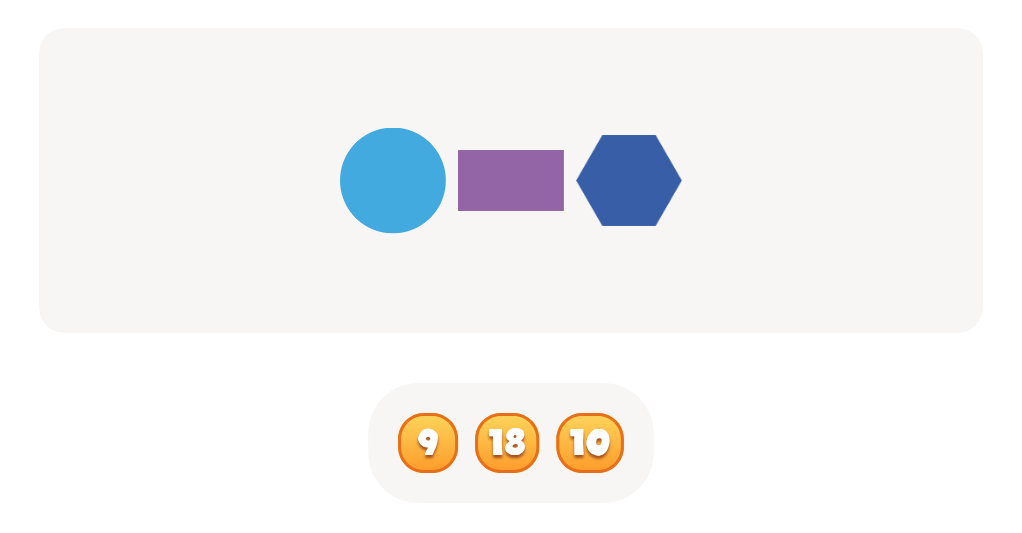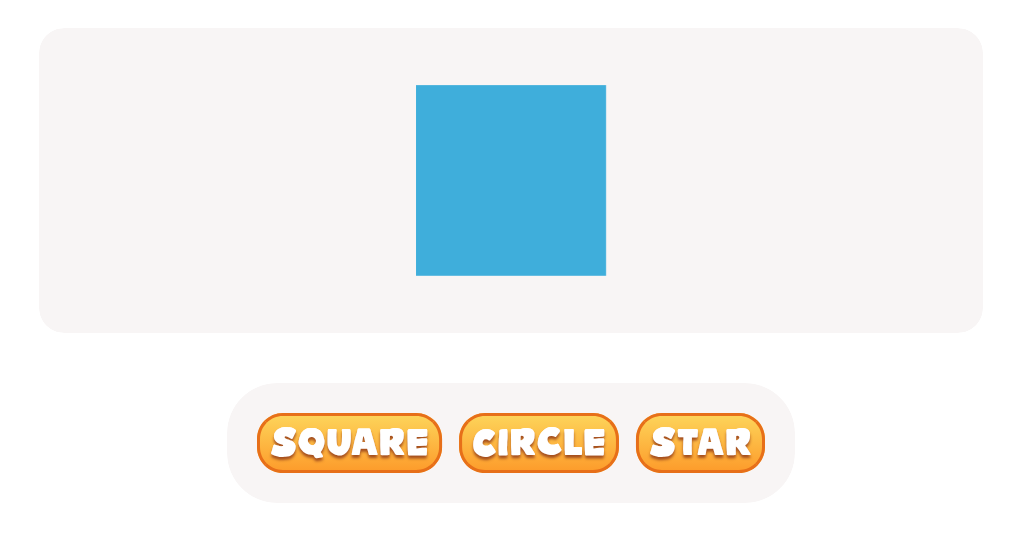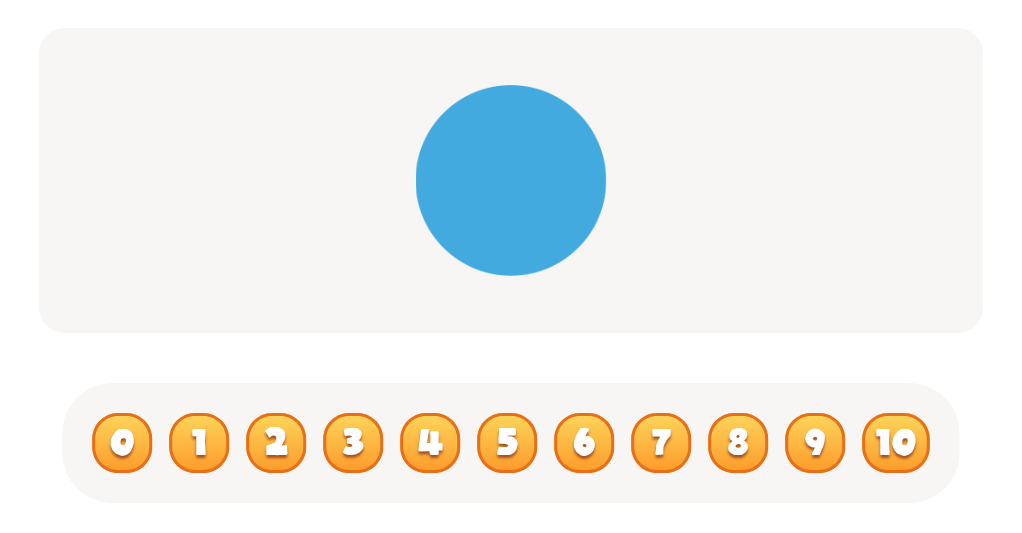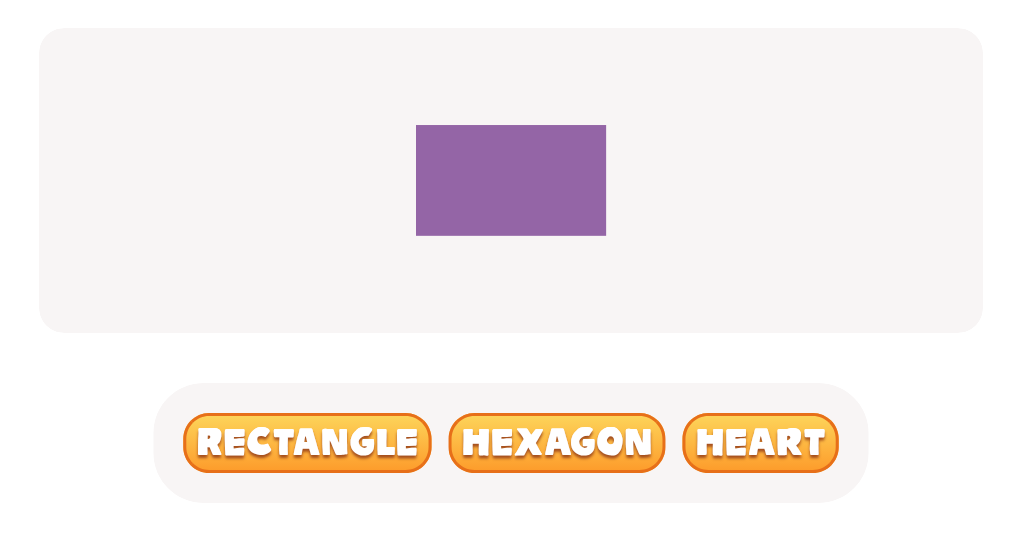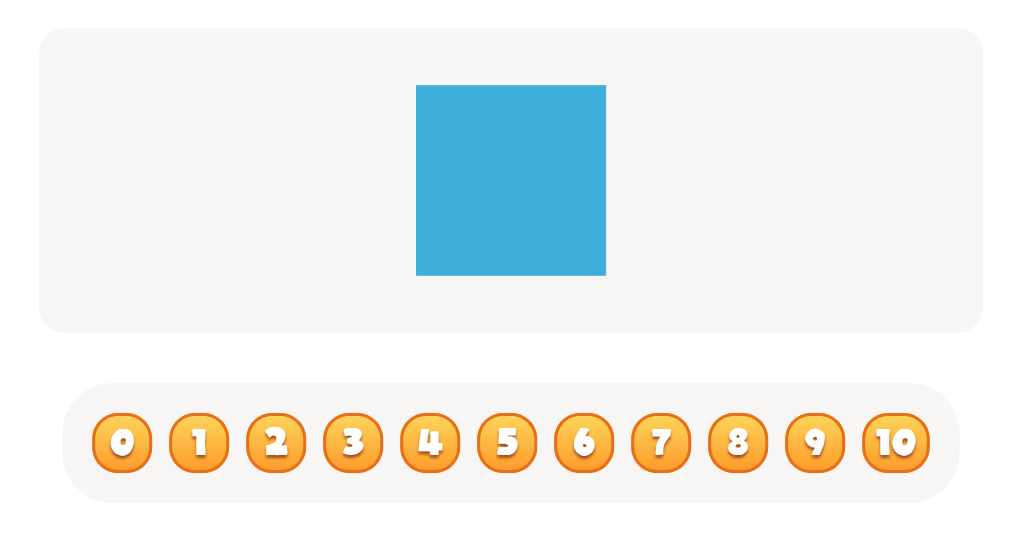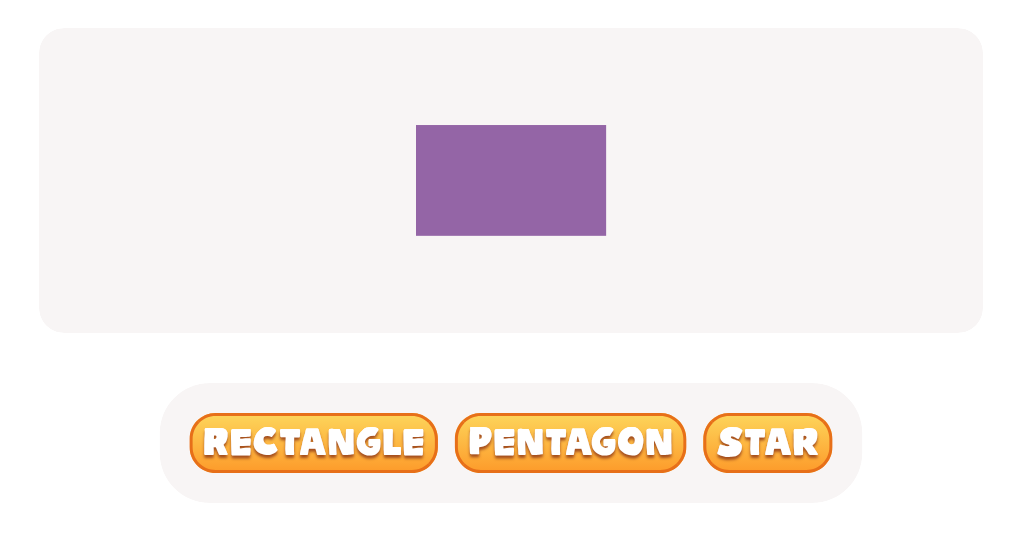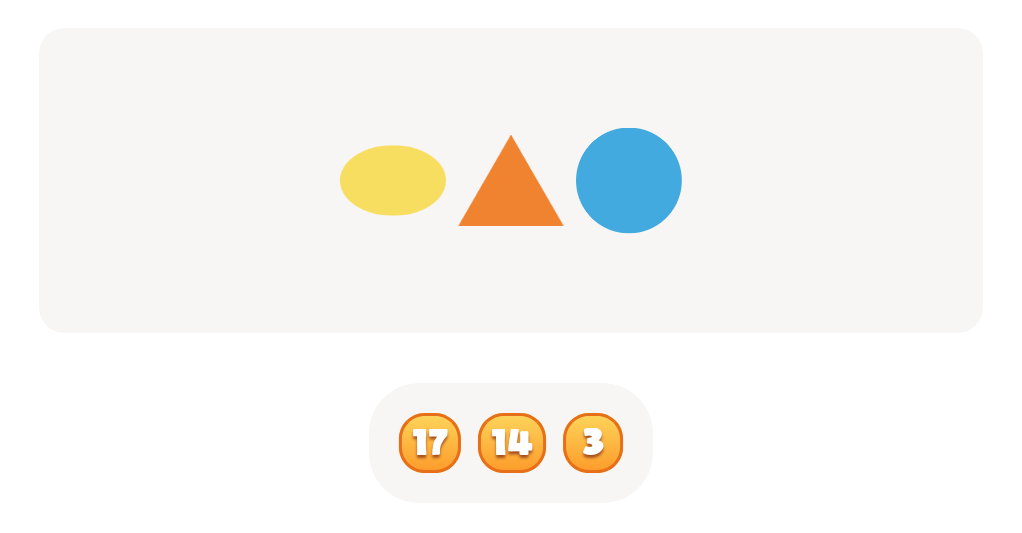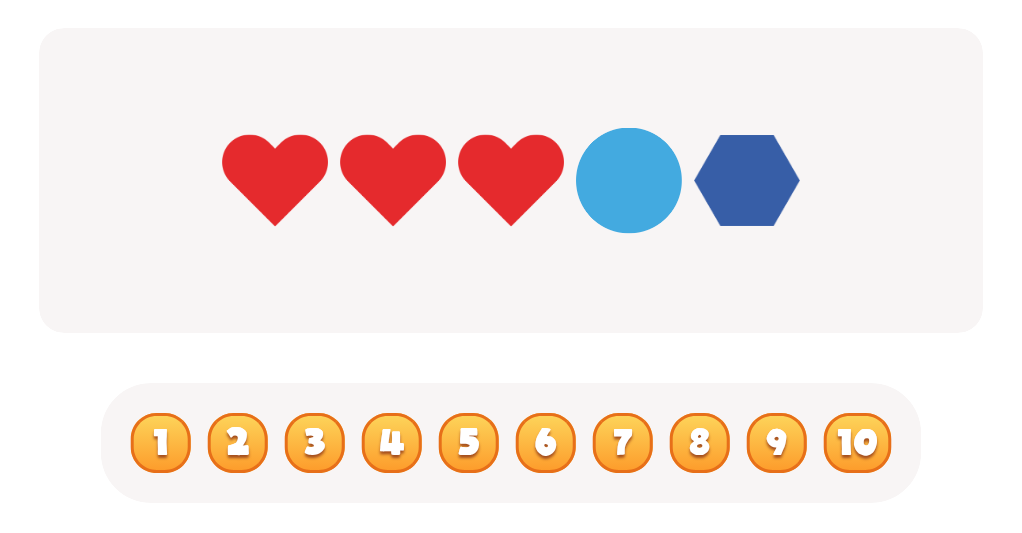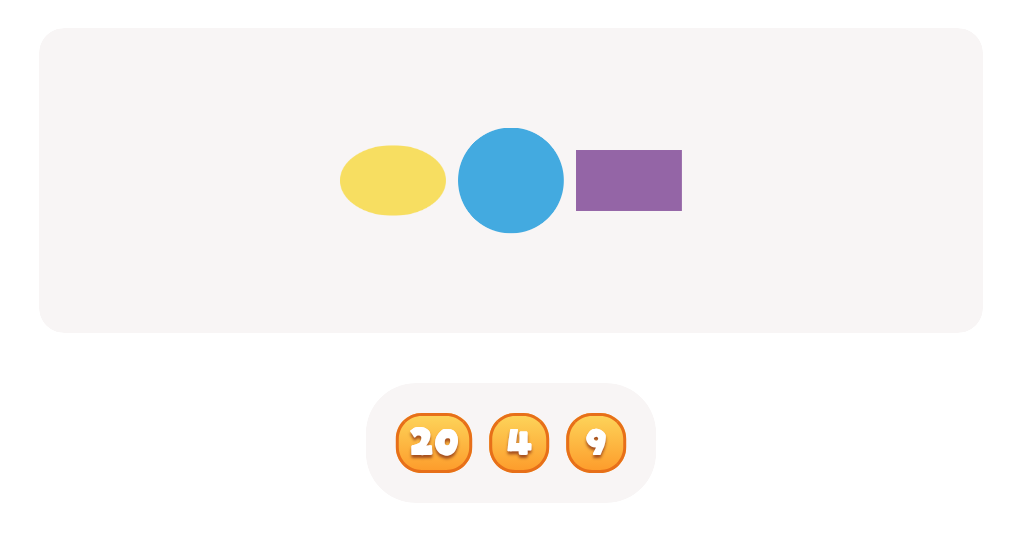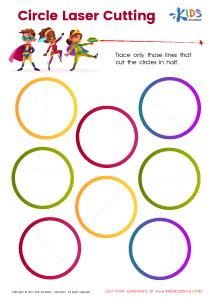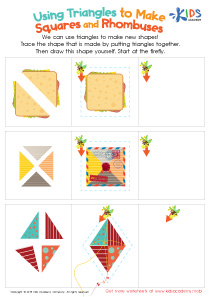Shape Recognition Normal 2D Shapes Worksheets for Ages 4-8
16 filtered results
-
From - To
Explore our engaging Shape Recognition Worksheets designed for children ages 4-8! These resources focus on normal 2D shapes, helping young learners to identify and understand essential geometric concepts. With colorful illustrations and interactive activities, these worksheets make learning fun and effective. Kids will practice recognizing, matching, and classifying shapes like circles, squares, and triangles while enhancing their motor skills and cognitive abilities. Perfect for classroom use or at-home learning, our worksheets encourage creativity and critical thinking. Boost your child's shape recognition skills and lay a solid foundation for their future math success with our user-friendly worksheets today!
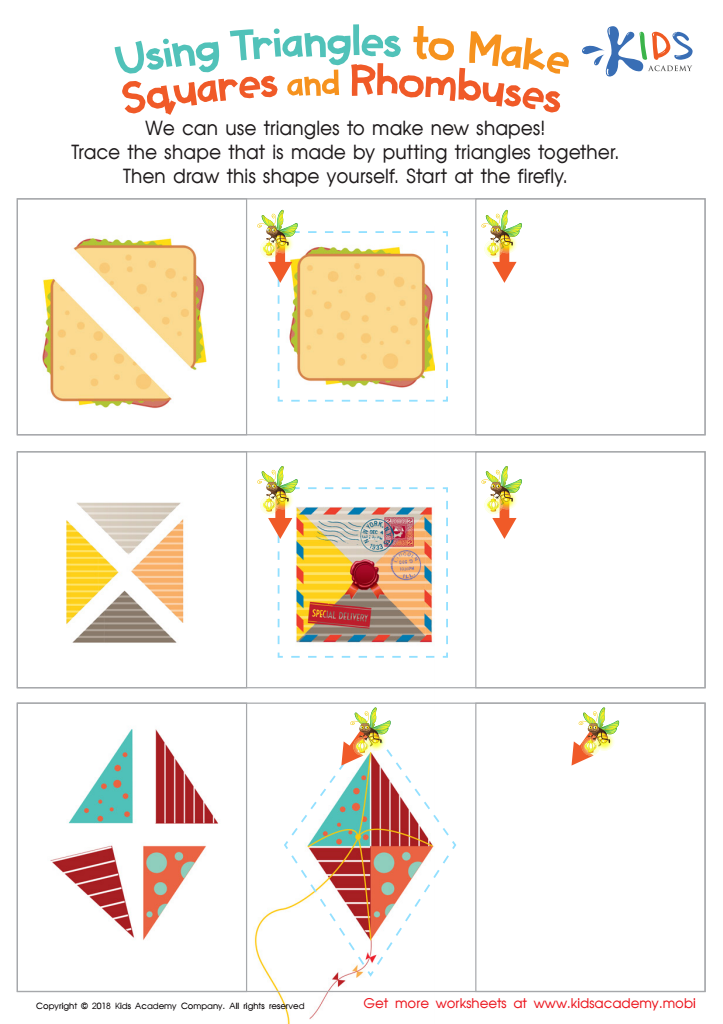

Using Triangles to Make Squares and Rhombuses Worksheet
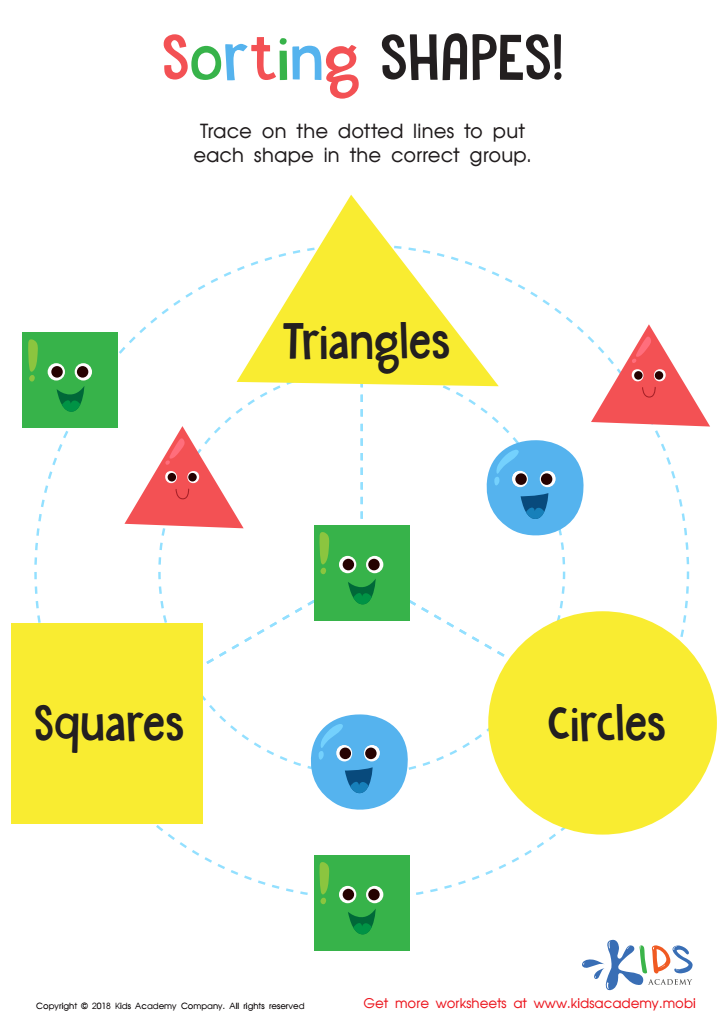

Sorting Shapes - Part 3 Worksheet
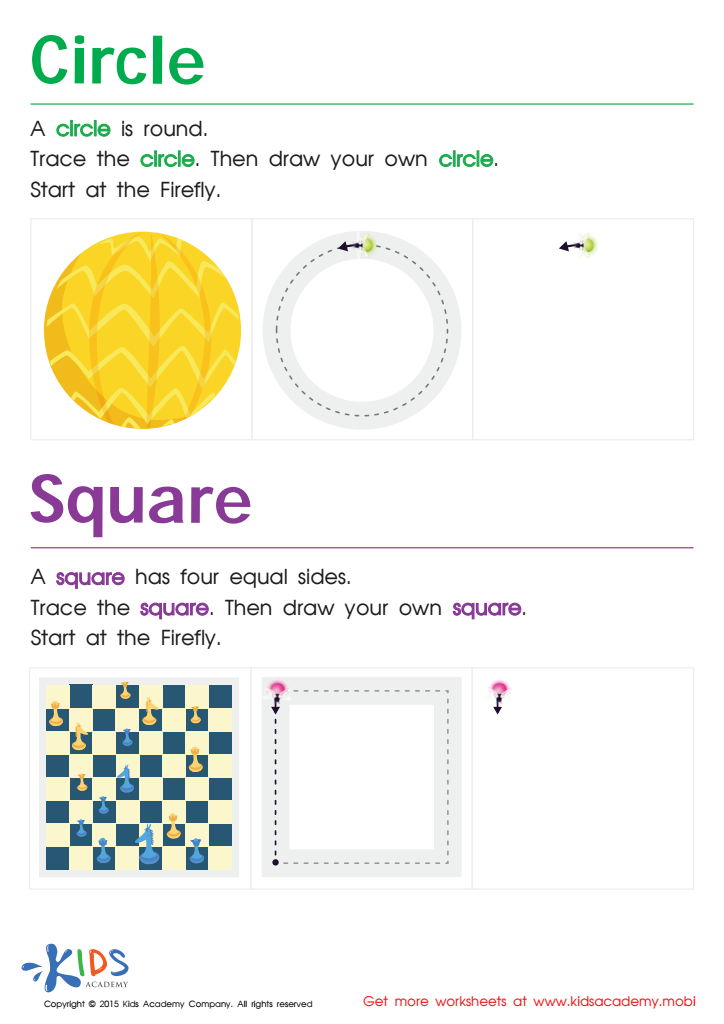

Trace And Draw a Circle And a Square Worksheet
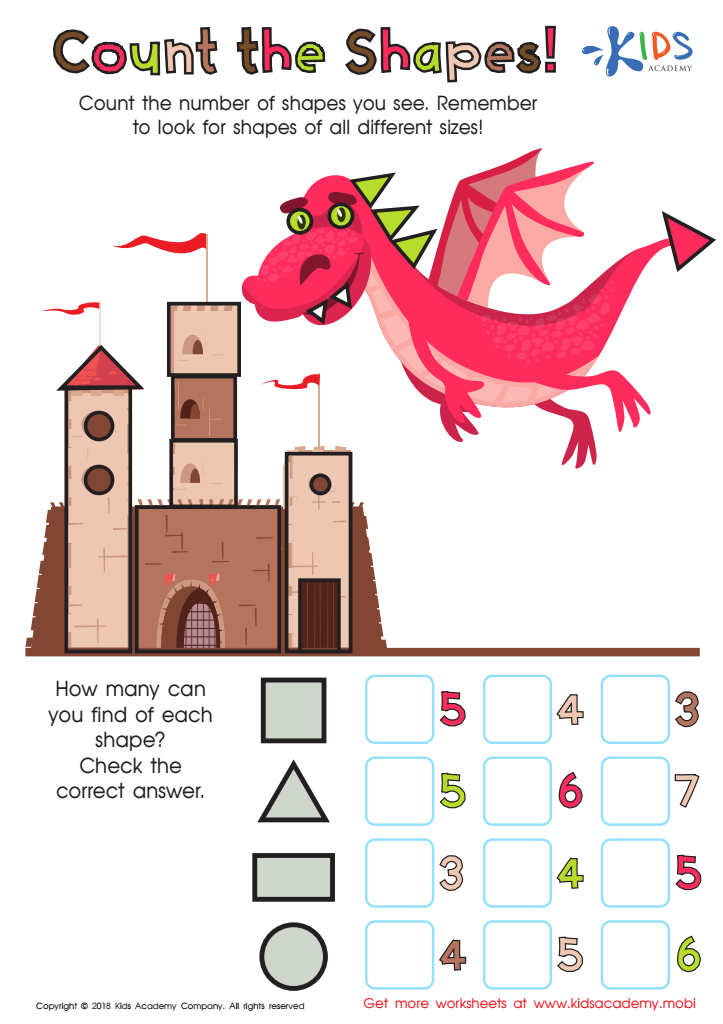

Count the Shapes Worksheet
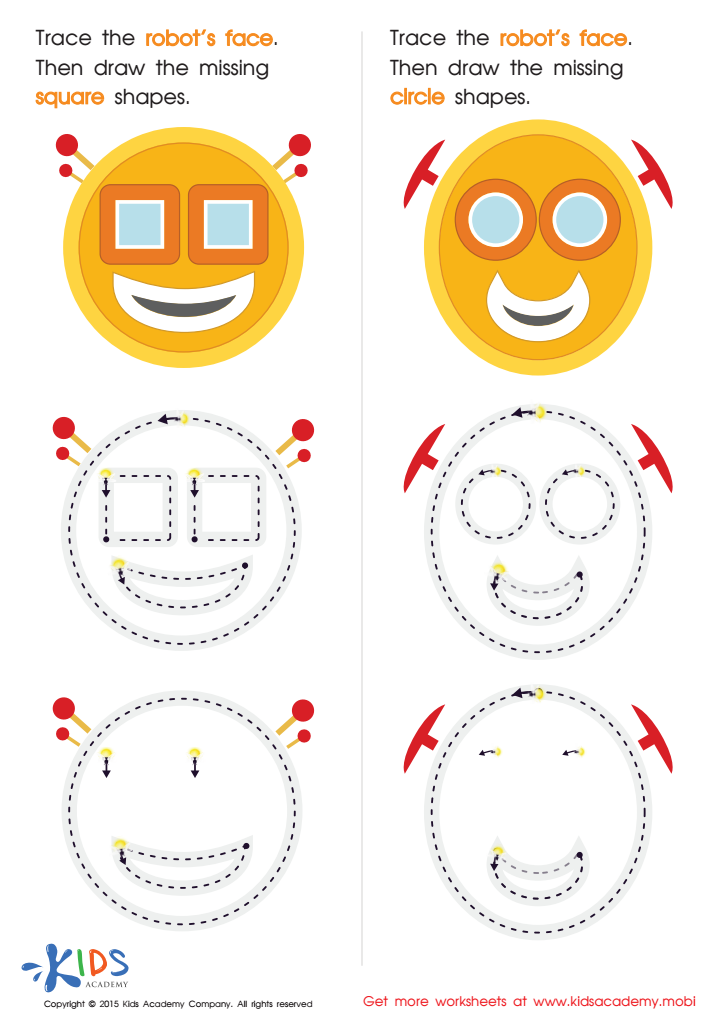

Practicing to Draw Circles And Squares Printable
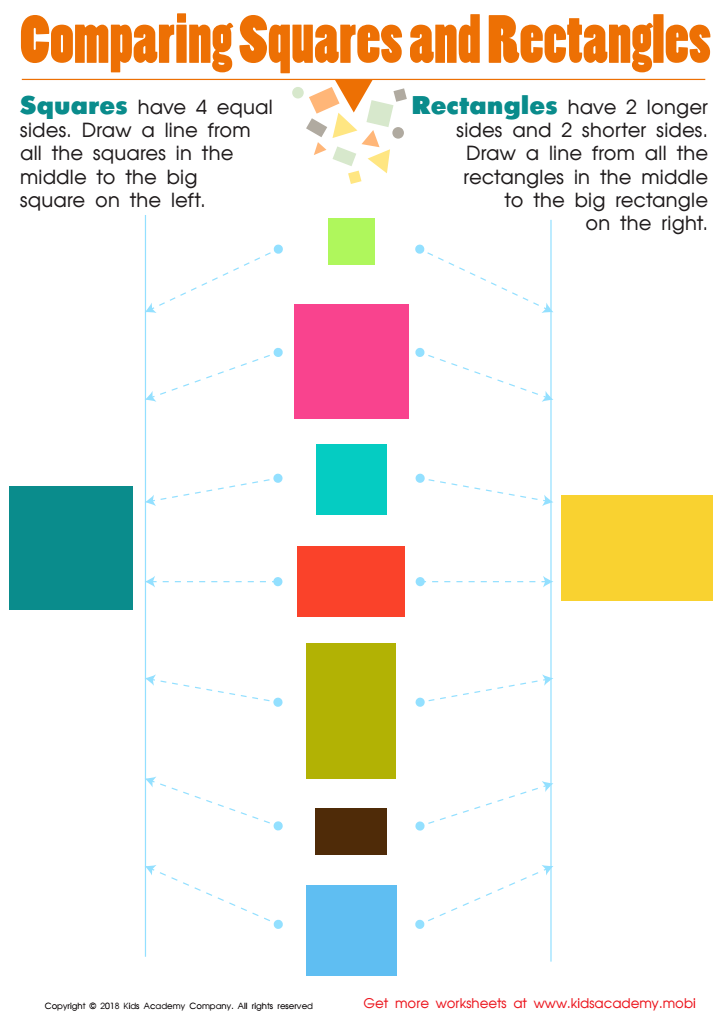

Comparing Squares Rectangles Worksheet
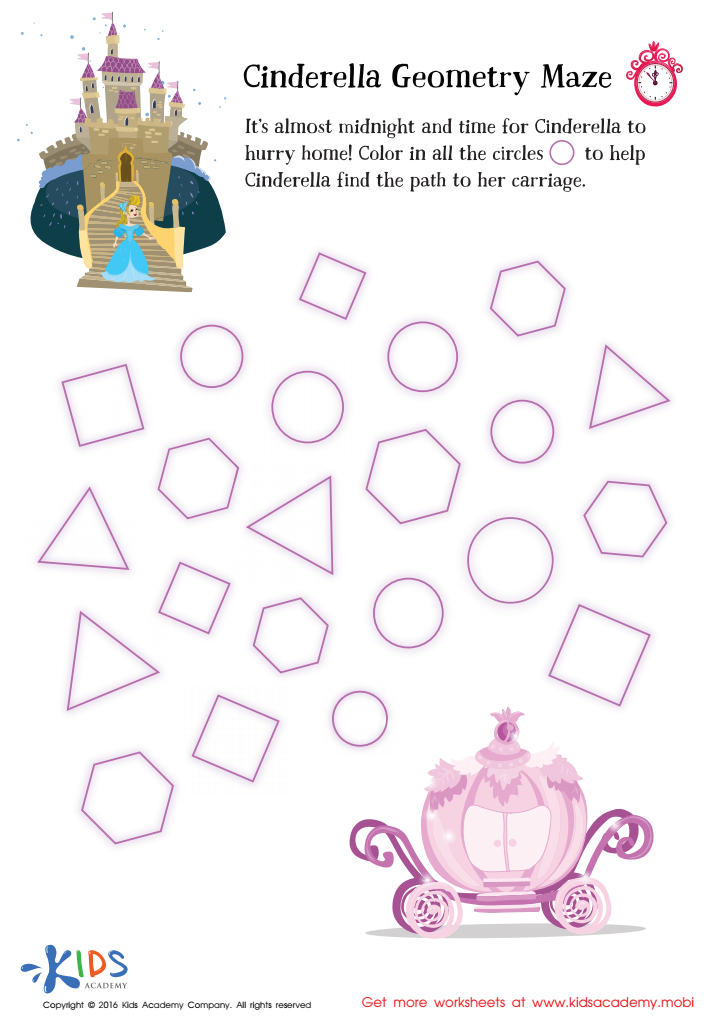

Cinderella Geometry Maze Worksheet


Preschool Geometry Match Up Worksheet


Learning to Draw Crescents And Triangles Worksheet
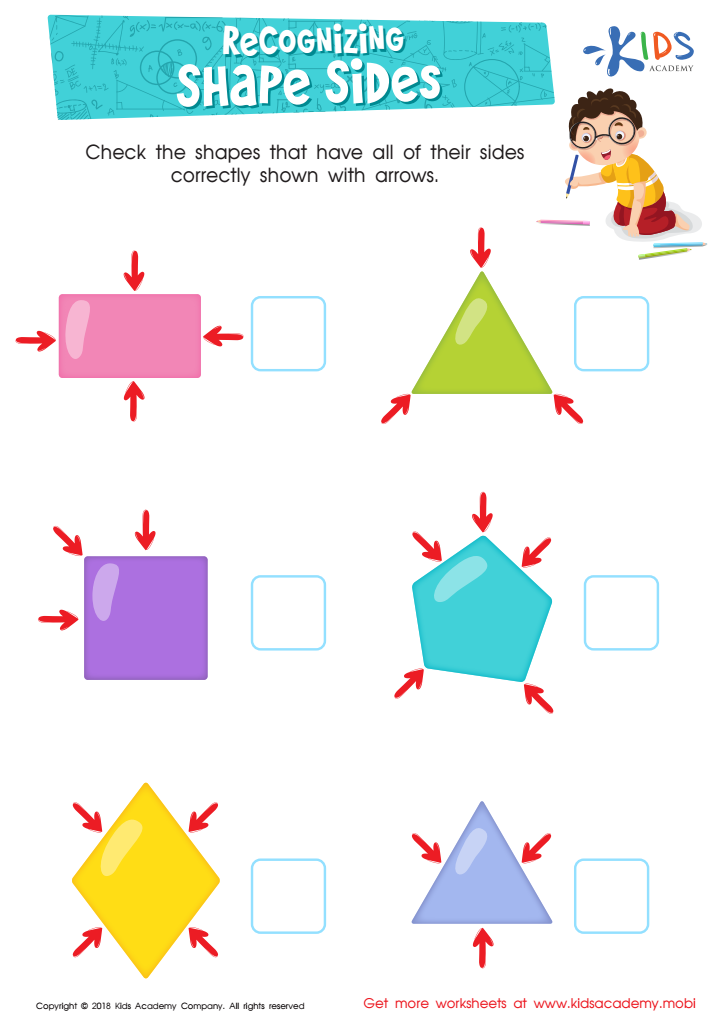

Recognizing Shape Sides Worksheet
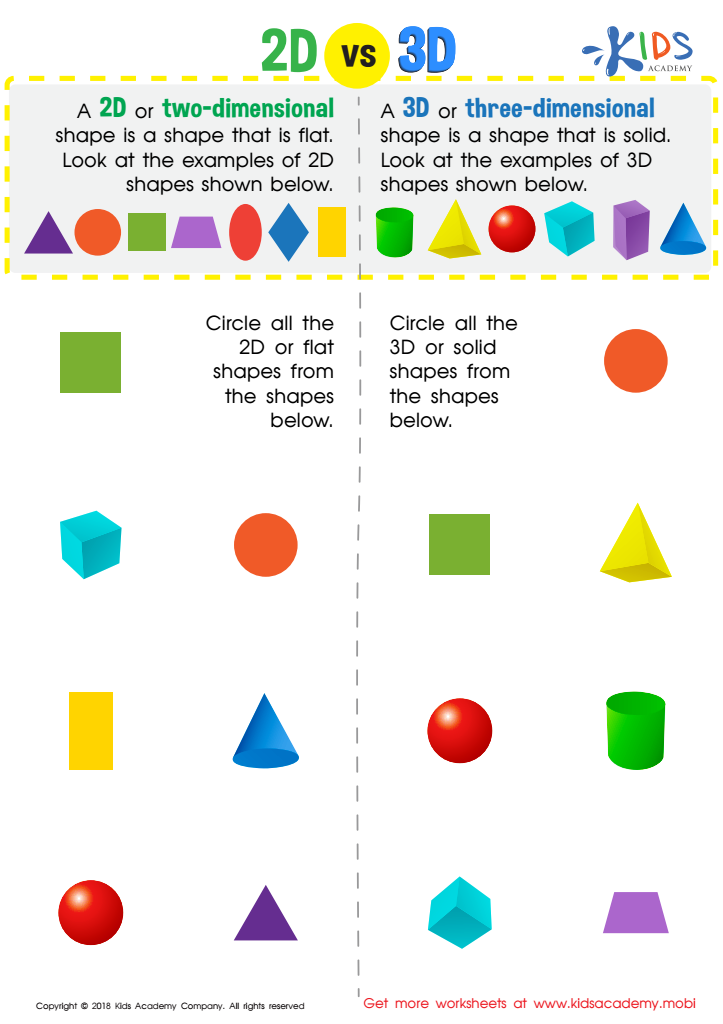

2D vs 3D Shapes Worksheet
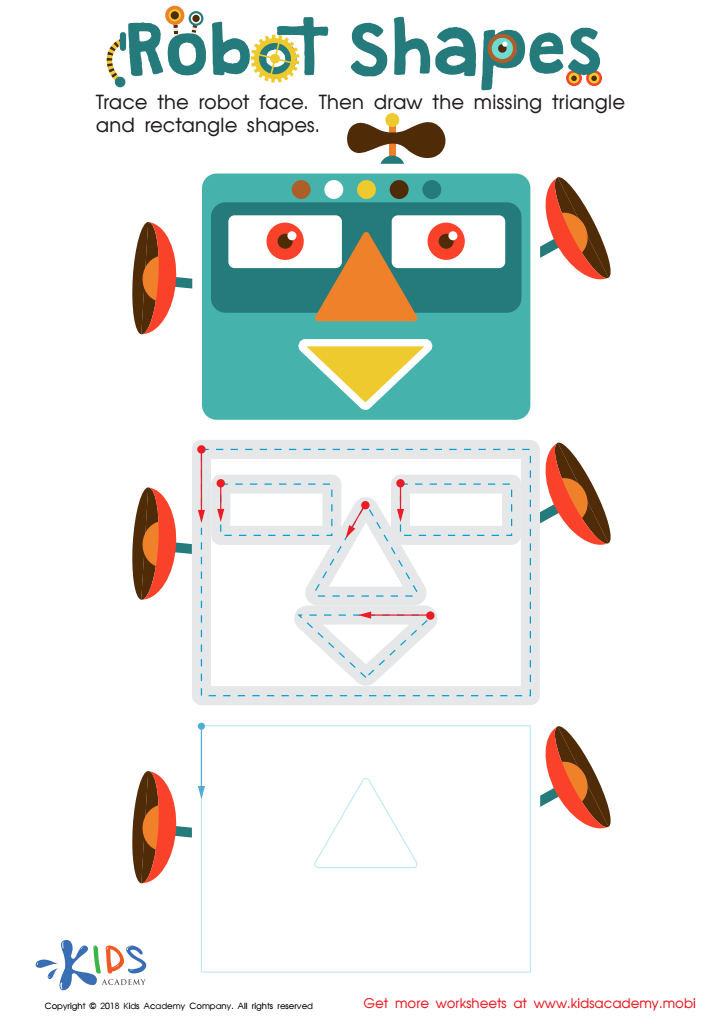

Robot Shapes Worksheet
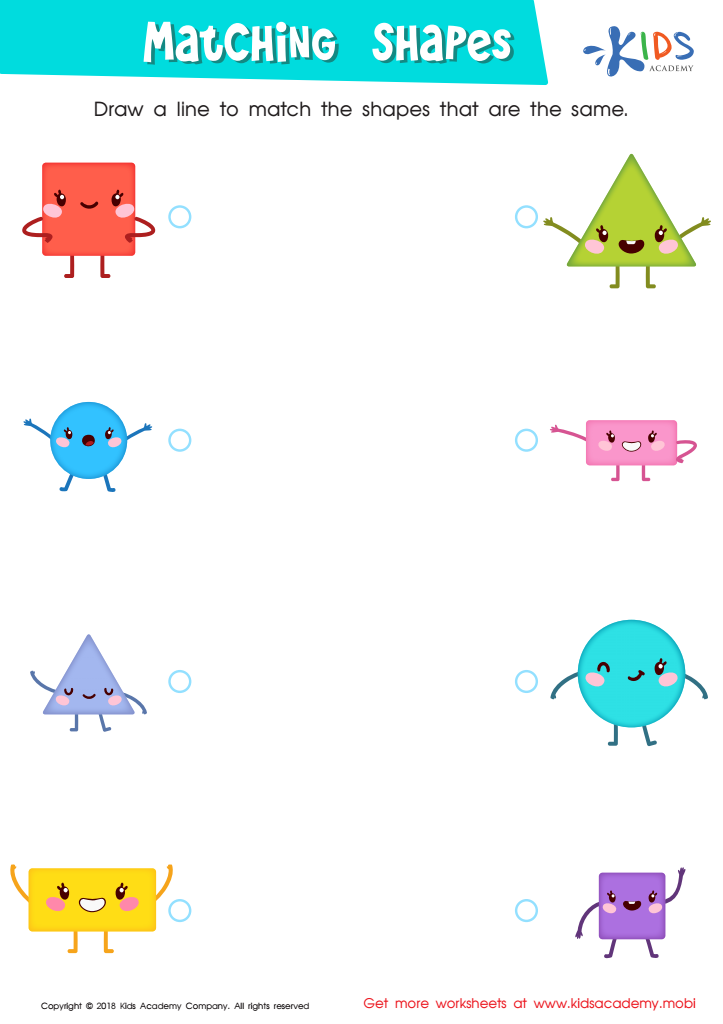

Matching Shapes Worksheet
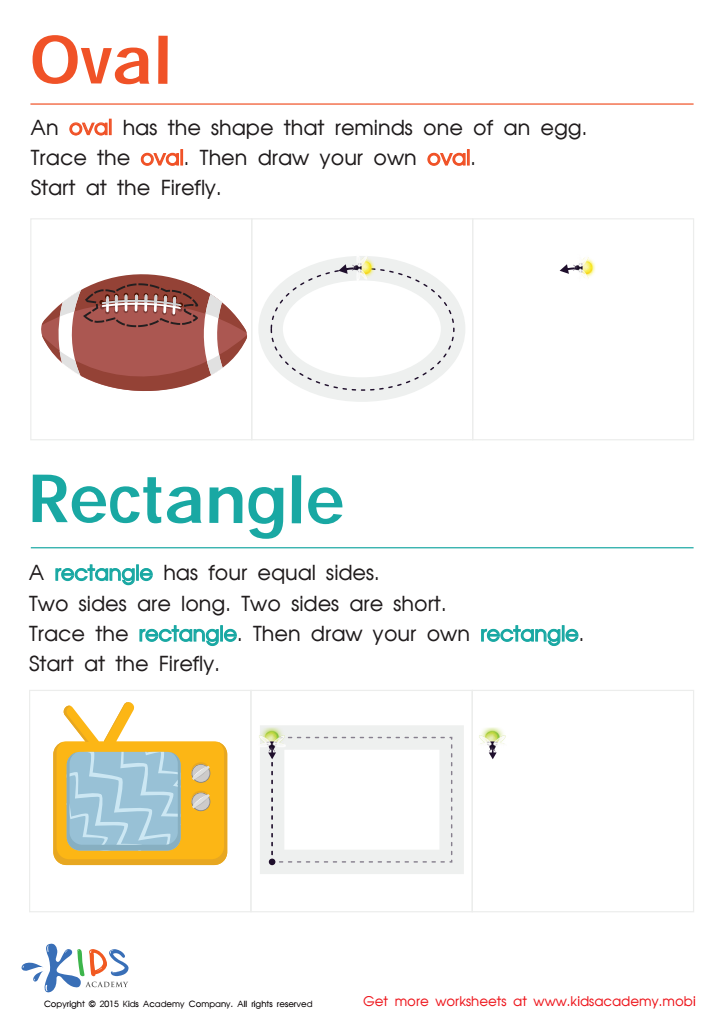

Easy Drawing of Ovals And Rectangles Worksheet


Using Squares to Make Rectangles Worksheet
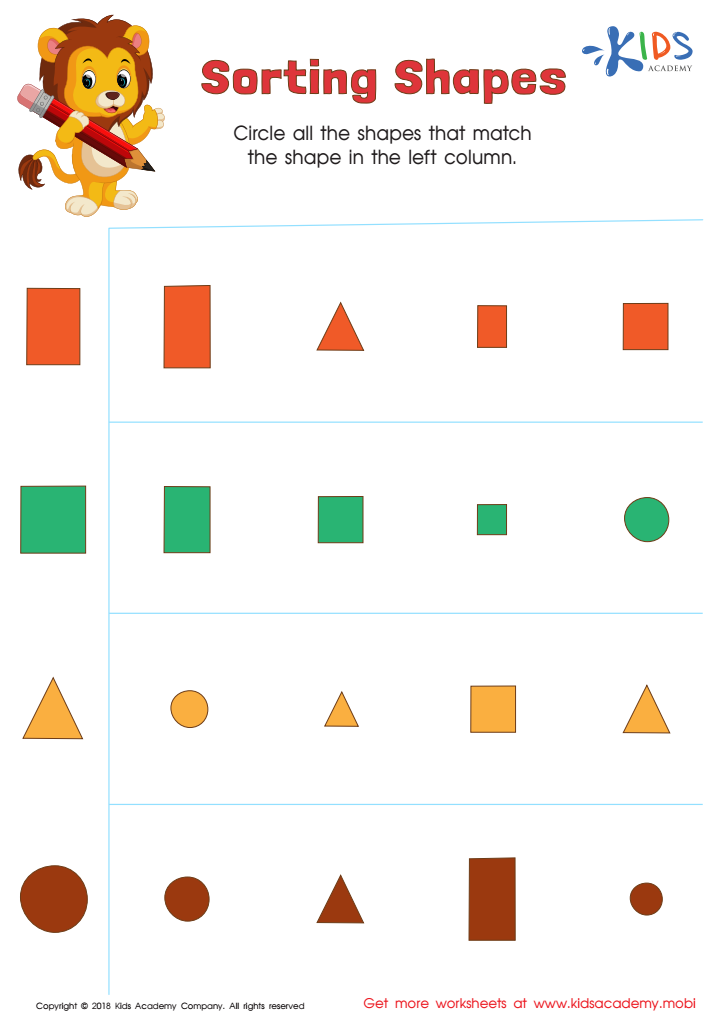

Sorting Shapes - Part 2 Worksheet
Shape recognition is a fundamental aspect of early childhood education that lays the groundwork for a child's cognitive development. For students aged 4-8, understanding normal 2D shapes—such as squares, circles, triangles, and rectangles—enhances spatial awareness and critical thinking. Parents and teachers should care about this learning because it supports a child's ability to classify, compare, and communicate about their environment.
Shape recognition is crucial for mathematical skills. Identifying and manipulating shapes helps in understanding geometry, measurement, and fractions—concepts that are built upon in later grades. Moreover, shape activities promote fine motor skills through hands-on learning, involving cutting, drawing, and assembling.
Beyond mathematics, recognizing and creating shapes fosters creativity and problem-solving skills. Children learn to visualize objects, which contributes to their artistic abilities and understanding of design.
Encouraging shape recognition also aids vocabulary development as children describe shapes and their attributes, preparing them for more complex language skills. Ultimately, engaging in activities related to 2D shapes not only enriches a child's academic foundation but also enhances their overall cognitive and social development, making it a crucial area of focus for both parents and teachers.
 Assign to My Students
Assign to My Students
